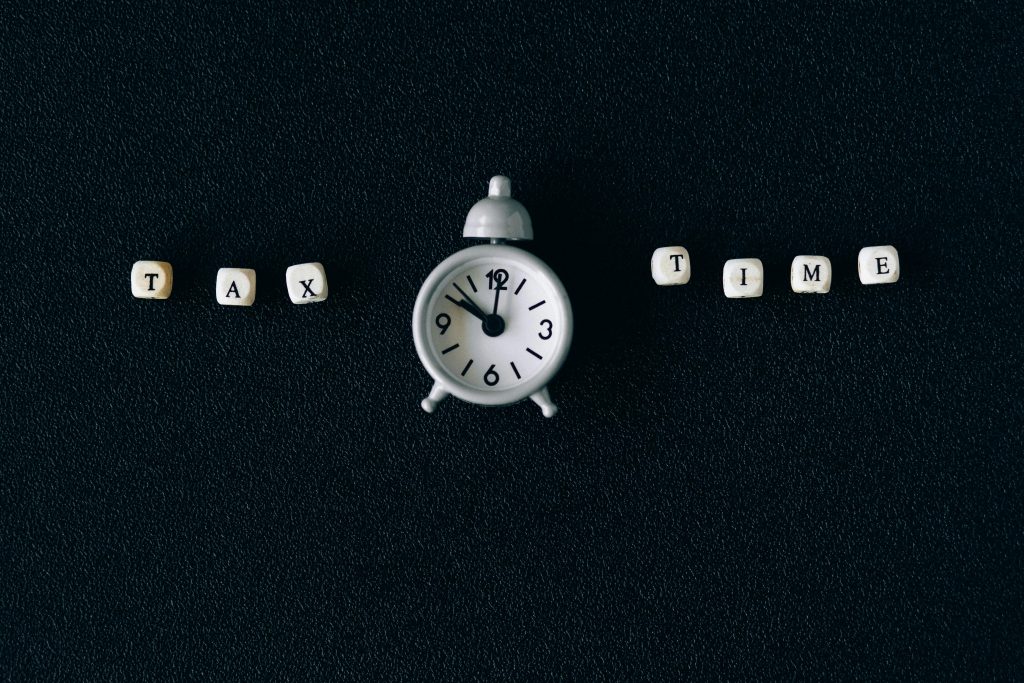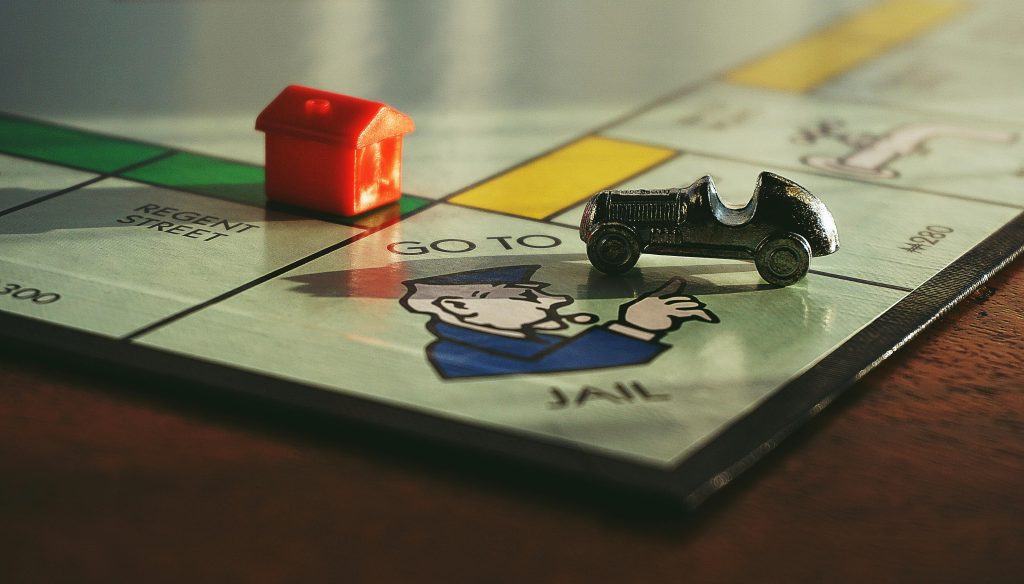Introduction
In a world filled with constant distractions and endless to-do lists, staying productive can feel like an uphill battle. But productivity isn’t about doing more—it’s about doing what matters, with clarity and consistency.

Whether you’re a remote worker, entrepreneur, student, or team leader, developing a smarter approach to work can help you achieve more in less time—without burning out. In this guide, we break down practical, science-backed productivity tips to help you take control of your schedule, sharpen your focus, and boost your results.
1. Start with Clear Goals
Productivity without purpose is just busywork. Start every day, week, and quarter with clear, meaningful goals.
How to set effective goals:
- Use the SMART framework (Specific, Measurable, Achievable, Relevant, Time-bound)
- Break large goals into weekly or daily milestones
- Write them down and keep them visible
- Review progress regularly to stay aligned
Tip: Your goals should align with your values, not just external expectations.
2. Master Time Blocking
Time blocking is a powerful technique that helps you focus on one task at a time by assigning blocks of time to specific activities.
Steps:
- Plan your day the night before
- Block out time for focused work, meetings, breaks, and admin tasks
- Use calendar apps (e.g., Google Calendar, Notion, Sunsama)
- Treat these blocks like appointments—protect them

Bonus: Add buffer time between blocks to avoid burnout or task spillover.
3. Prioritise with the Eisenhower Matrix
Not all tasks are equal. The Eisenhower Matrix helps you separate urgent from important and decide what to do, delegate, or drop.
| Urgent | Not Urgent |
|---|---|
| Important | Do now |
| Not Important | Delegate |
Tip: Spend more time in the “Important but Not Urgent” quadrant—that’s where long-term success lives.
4. Reduce Digital Distractions
The average person checks their phone 96 times a day. Reclaim your attention by eliminating the biggest distractions.
Strategies:
- Turn off non-essential notifications
- Use Do Not Disturb mode during deep work
- Install website blockers (e.g., Freedom, Cold Turkey)
- Keep your phone out of reach during focused sessions
Pro tip: Create a “focus-friendly” workspace with minimal clutter and clear boundaries.
5. Apply the 80/20 Rule (Pareto Principle)
The Pareto Principle suggests that 80% of results come from 20% of actions. Identify and double down on your most impactful tasks.

Ask yourself:
- Which tasks drive the most progress?
- What do I spend too much time on for little return?
- Can I eliminate or delegate the low-value tasks?
Less, but better. Focus on output, not just effort.
6. Embrace the Power of Single-Tasking
Multitasking may feel productive, but it splits your attention and lowers efficiency. Single-tasking boosts performance, creativity, and memory retention.
How to practice it:
- Commit to one task per time block
- Close unrelated tabs and apps
- Silence background noise or use focus music
- Use the Pomodoro Technique (25 minutes on, 5 minutes off)
Result: Less mental fatigue, more meaningful output.
7. Build a Morning Routine That Sets the Tone
A consistent morning routine primes your brain and body for a productive day.
Elements of an effective routine:
- Wake at the same time each day
- Hydrate and move (stretch, walk, or workout)
- Avoid checking your phone first thing
- Review your priorities or journal for clarity
- Eat a nourishing breakfast
Even a 20-minute morning ritual can create lasting impact.
8. Use Tools Wisely (But Don’t Overcomplicate)
Apps can support your workflow—but too many tools can add friction.

Keep it simple with:
- Task management: Todoist, TickTick, Things
- Note-taking: Notion, Evernote, Apple Notes
- Time tracking: Toggl, RescueTime
- Automation: Zapier, IFTTT, Keyboard Maestro
Tip: Audit your tool stack every quarter and eliminate unused or overlapping apps.
9. Rest, Recharge, and Prevent Burnout
Productivity isn’t sustainable without rest. Your brain needs recovery to perform at its best.
Build rest into your routine:
- Take micro-breaks every 60–90 minutes
- Get 7–9 hours of quality sleep
- Schedule regular no-work time (evenings, weekends, vacations)
- Practice mindfulness, meditation, or light movement
Rest fuels resilience. It’s not laziness—it’s smart strategy.
10. Review and Reflect Regularly
Reflection helps you learn from your wins and course-correct before issues snowball.

Weekly review checklist:
- What did I accomplish this week?
- What blocked my progress?
- What are my top 3 priorities for next week?
- Is my current workflow still working?
Tip: Keep a journal or digital doc to track patterns and insights over time.
Conclusion
Success in productivity isn’t about doing more—it’s about doing what matters, with clarity, purpose, and energy. With the right systems, habits, and mindset, you can get more done in less time while staying balanced and motivated.
Next step:
Pick one strategy from this list and try it out this week. Consistent, small improvements lead to meaningful long-term change.








